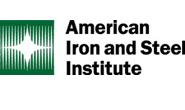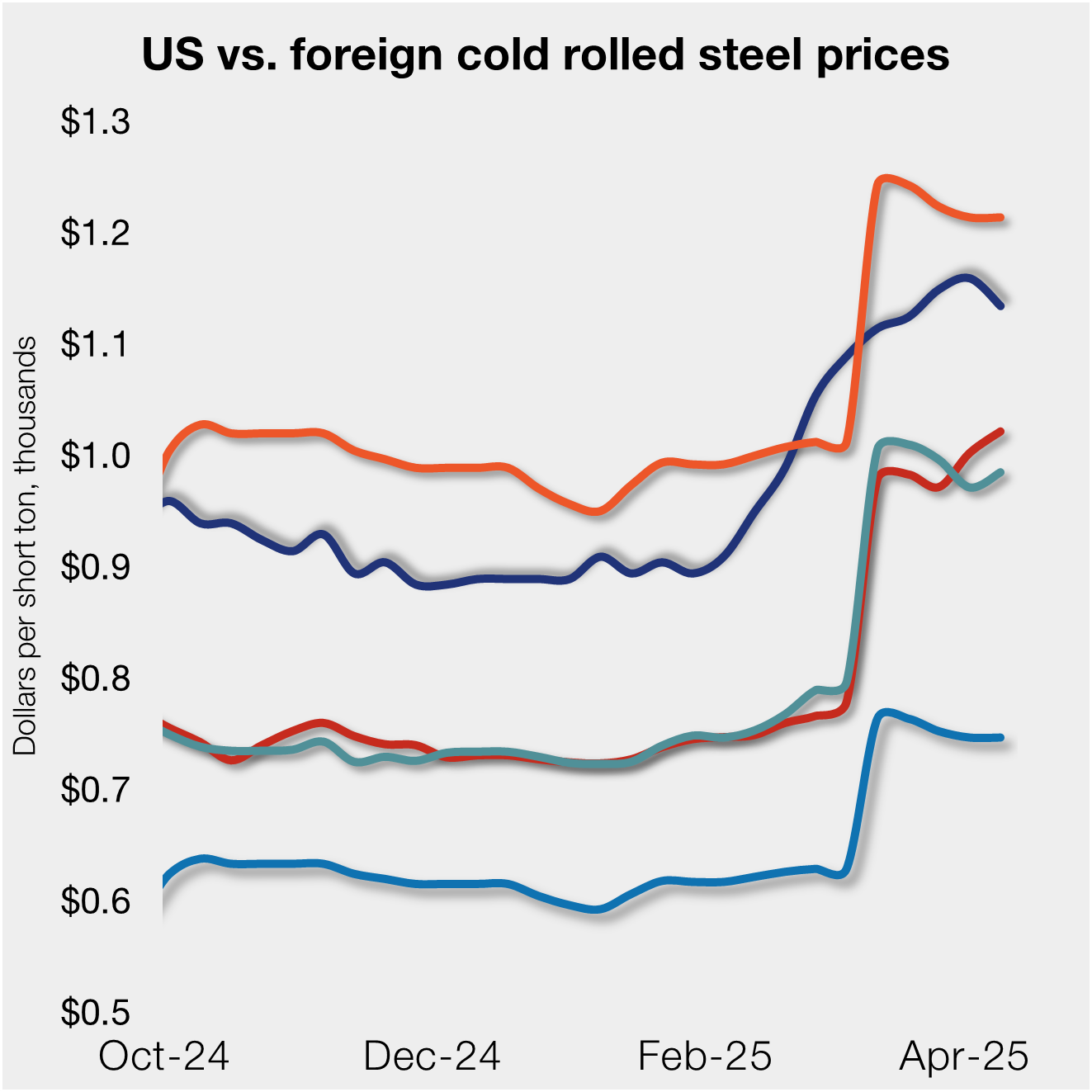Steel Products

Leibowitz: Work Globally to Cut Overproduction or Undercut U.S. Manufacturing
Written by Tim Triplett
July 11, 2017
Editor’s note: The opinions expressed here are those of trade attorney Lewis Leibowitz and do not necessarily reflect those of Steel Market Update. There will be more discussion about trade, trade suits and Section 232 in our upcoming SMU Steel Summit Conference, which will include presentations by Leibowitz and others on both sides of the trade debate.
Steel is in the forefront of foreign and economic policy once again. The country awaits a decision from the president about restricting steel imports into the United States to protect domestic steel producers. The decision, expected before now, has been delayed in part at least because of controversy within the administration about whether import restrictions would do more harm than good.
![]() Former Governor and Secretary of Homeland Security Tom Ridge recently wrote an opinion piece that called on the president to support import barriers on foreign steel. The reason Governor Ridge’s advice is very bad is inherent in what Governor Ridge did not mention—the impact of steel import restrictions on millions of American consumers and workers. Higher steel prices will mean that American manufacturers who use steel will become less competitive.
Former Governor and Secretary of Homeland Security Tom Ridge recently wrote an opinion piece that called on the president to support import barriers on foreign steel. The reason Governor Ridge’s advice is very bad is inherent in what Governor Ridge did not mention—the impact of steel import restrictions on millions of American consumers and workers. Higher steel prices will mean that American manufacturers who use steel will become less competitive.
While Governor Ridge mentioned only China and Russia as sources of the U.S. industry’s difficulties, the steel industry plainly wants import restrictions on nearly all foreign sources. Their goal is to increase prices in the United States for steel. That will necessarily make products containing steel more expensive. Inevitably, demand for steel in the U.S. will fall, leading to agitation for restrictions on imports of steel-containing products, as well. Protectionism breeds protectionism.
None of these developments will enhance U.S. security. Steel is only relevant to national security because of what steel users make from it. The ships and armored vehicles needed by the military are not made by steel mills, but by downstream manufacturers. And, far more U.S. jobs will be negatively affected by increased steel costs than even losing U.S. steel manufacturing altogether.
Clearly, steel (and aluminum) are in difficulty because of global overproduction. China is at the center of this problem due to its fantastic expansion of Chinese production of these products over the last 15 years. Bringing steel demand and supply into balance requires global, not unilateral, action. Import restrictions would cut supply in the United States and raise domestic prices. Without cutting global production, these price increases will not only be temporary but destructive of U.S. industry. A global steel conference must handle these issues. Just this past weekend, the G20 group of industrialized nations gave a renewed boost to global efforts to cut production.
The domestic steel industry argues that U.S. import restrictions will cause China to get serious about production cuts. This assertion is unsupported and illogical. If the U.S. goes it alone, the prospects for meaningful cuts in global capacity will certainly lessen and possibly die altogether. China has already been relegated to a minor market presence in the U.S. Import restrictions will not penalize China, but friends and allies like Canada, Mexico, Japan and Germany. Global cooperation in solving this global problem will evaporate as U.S. trading partners challenge U.S. import restrictions rather than working together to solve this global problem.
The Trump administration needs to choose effective action to address global overproduction over short-term and unsustainable protectionism.

Tim Triplett
Read more from Tim TriplettLatest in Steel Products

AISI: Raw steel production levels off near six-month high
The volume of raw steel produced by US mills remained relatively flat last week, maintaining the rebound seen one week prior, according to the American Iron and Steel Institute (AISI). Previously at the second-highest rate of the year, production continues to hold at one the strongest levels recorded over the last six months.

Nucor keeps HRC price unchanged
Nucor has kept its weekly hot-rolled (HR) coil price flat this week, after a marginal cut the previous week.

SMU flat-rolled market survey results now available
SMU’s latest steel buyers market survey results are now available on our website to all premium members. After logging in at steelmarketupdate.com, visit the pricing and analysis tab and look under the “survey results” section for “latest survey results.” Past survey results are also available under that selection. If you need help accessing the survey results, or if […]

CRU tariff webinar replay now available
CRU’s latest webinar replay on how Trump’s tariffs affect the global steel market is now available on our website to all members. After logging in at steelmarketupdate.com, visit the community tab and look under the “previous webinars” section of the dropdown menu. You’ll find not only this special CRU webinar but also all past Community […]

US, offshore CRC prices diverge
US cold-rolled (CR) coil prices declined this week, slipping for the first time since early February. Most offshore markets deviated, moving higher this week.
